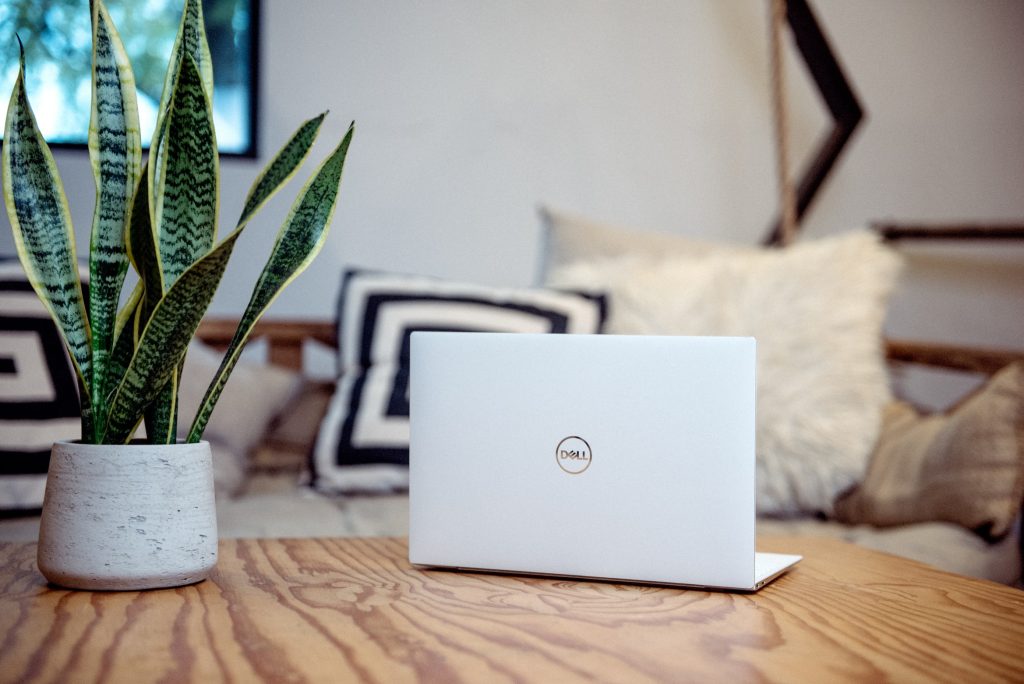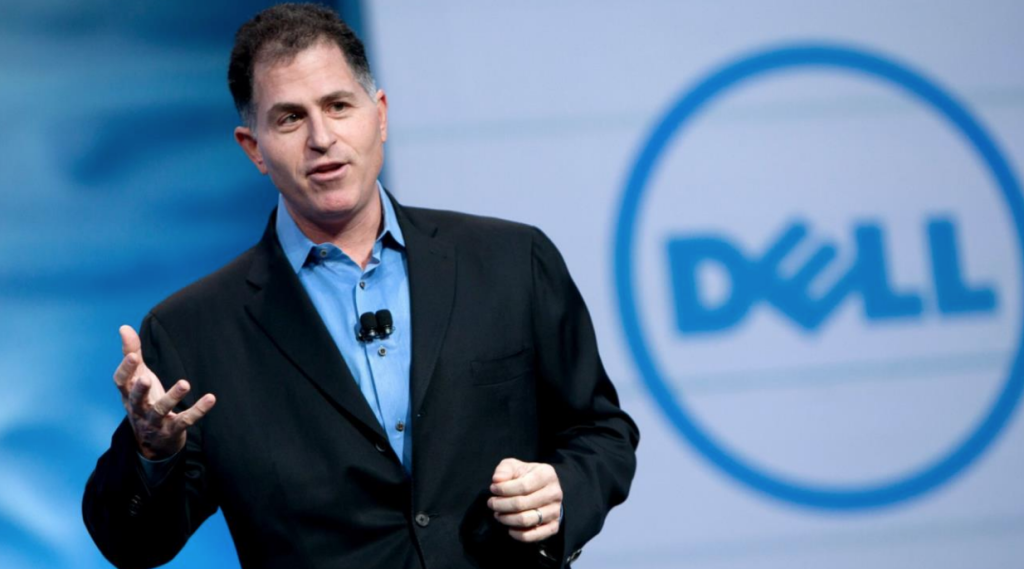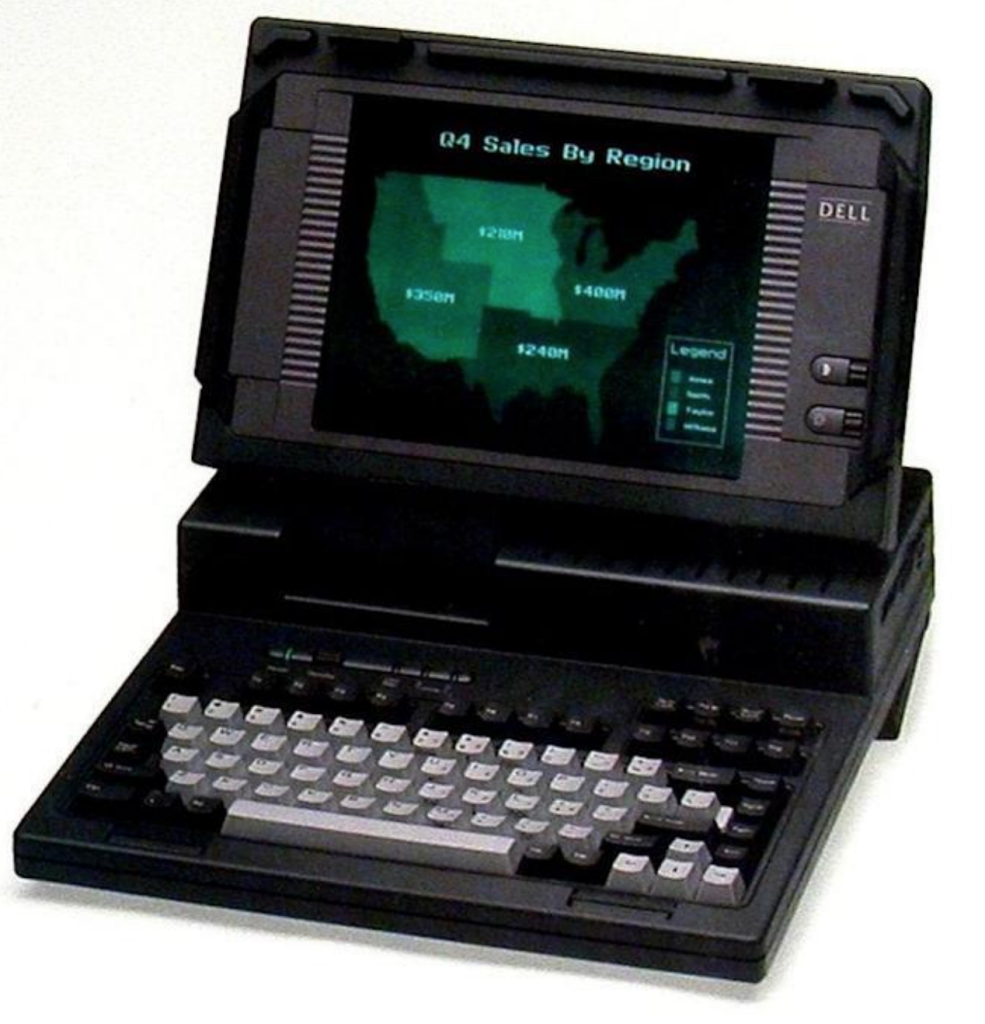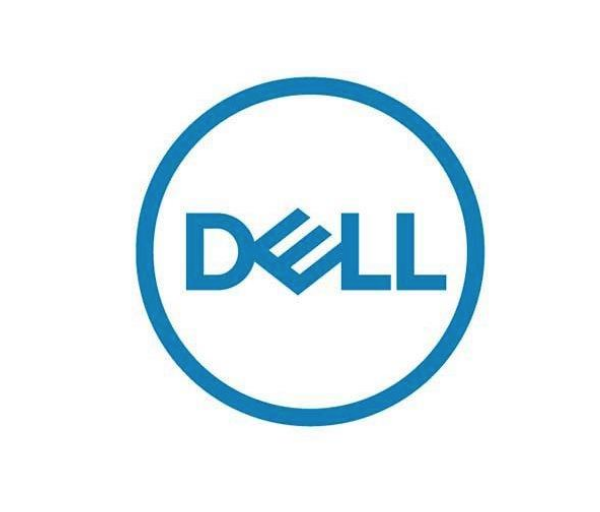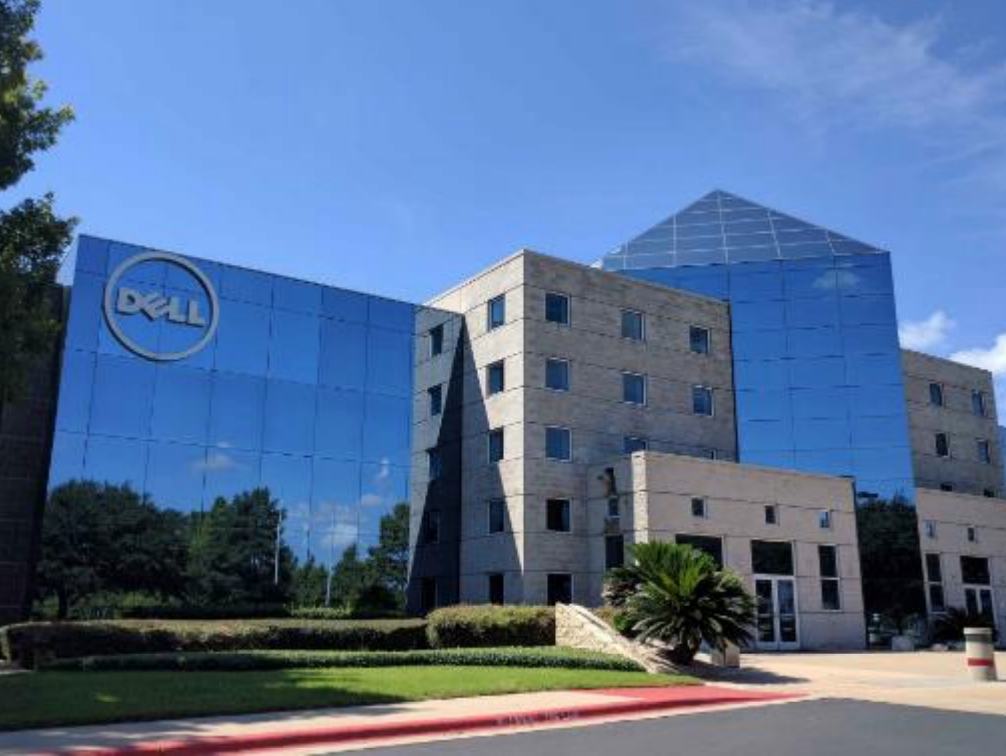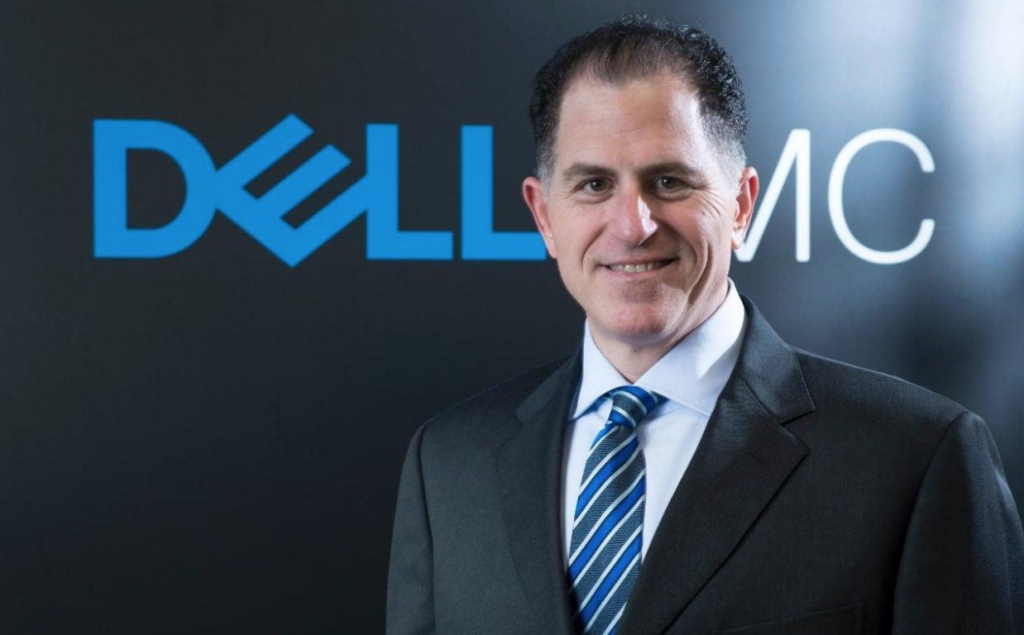Think about your day. When you think about your day, you’ll likely find that some part of it was spent behind a computer screen.
That’s because computers have become a part of our everyday lives. We work behind a screen, we catch up with friends behind a screen, and we even stream television shows behind a screen.
But have you ever given any thought to where this essential part of your day first originated from? Or how has the computer you spend your days behind evolved through the years?
Well, it all started with a man named Michael Dell. Michael founded Dell and grew the business to what it is today, which is one of the leading brands in the world. Yes, you heard me right, the world. Dell operates on a global scale to design, manufacture, sell, and support a wide array of technology products and offerings.
What comes with Dell’s success is a modest logo that has stood the test of time and has grown to be one of the most universally recognized logos in the world. The logo conveys loyalty, which is what Dell’s customers are: loyal.
Below you’ll find a deeper dive into Michael, his multi-billionaire dollar enterprise, and the story behind his logo.
The History of the Dell Logo
Meet Dell
Dell was founded in 1984 by Michael Dell. But how did Michael grow Dell to be what it is today? And what is his story? These are questions many of us have never sought answers to. We just use our computers and don’t seek out the backstory.
But Michael’s story is an inspiring one and it starts back in Houston, where he was born and raised. Michael got his first computer, an Apple II, at the young age of 15. He became fascinated with how his computer worked, and so he did what any curious teenager would do; he took it apart. From there, his love of computers only grew.
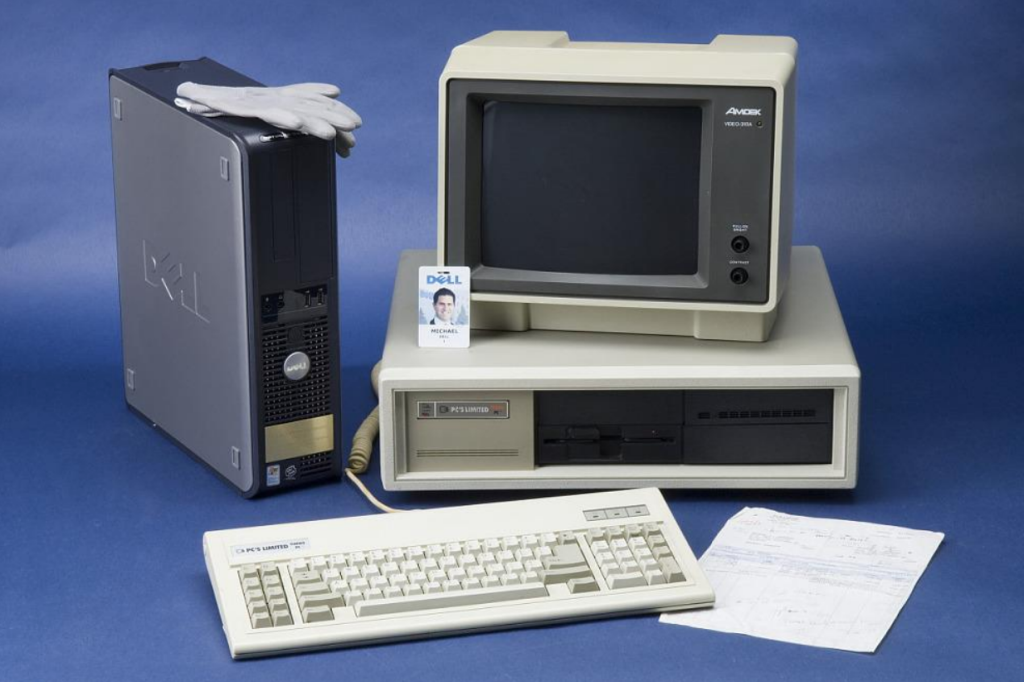
Dell’s Evolution
1984-1986: PC’s Limited Era
Dell did not start as “Dell.” Dell was founded under the name PC’s Limited, which Michael started in Austin. Michael started this first venture while attending the University of Texas, as a pre-med student. While he was following the path that his parents wanted for him, Michael still had that unwavering curiosity about computers. That curiosity led him to begin to sell upgrades for personal computers right out of his dorm room. After receiving $1,000 in seed money from his family, Michael formally started PC’s Limited. With these funds, he began trading personal computers from IBM. After finding quick success with this (he sold over $80,000 worth of computers!), Michael dropped out of college at the age of 19 to run PC’s Limited full-time.
PC’s Limited first computer was the Turbo PC that was released in 1985 and priced at $795.This computer featured an Intel 8088 processor that ran at a speed of 8MHz and included a hard drive of 10MB.
This was before the era of Facebook and Instagram ads, though, so to generate sales, PC’s Limited sold directly to users through advertising in a national computer magazine. That one advertisement earned PC’s Limited over $73 million in revenue in one year. Michael didn’t stop there, though. His company then launched a new product at the Spring Comdex trade show, which became the fastest performing personal computer that had entered the market to date.
This hype caught the attention of venture capitalist, Lee Walker, and in 1986, Lee became the first President of the company. Lee stayed with Dell for four years but retired in 1990 due to health concerns (he was succeeded by Morton Meyerson). In those 4 years, Lee mentored Michael directly and served as a recruiter for Dell’s Board of Directors.
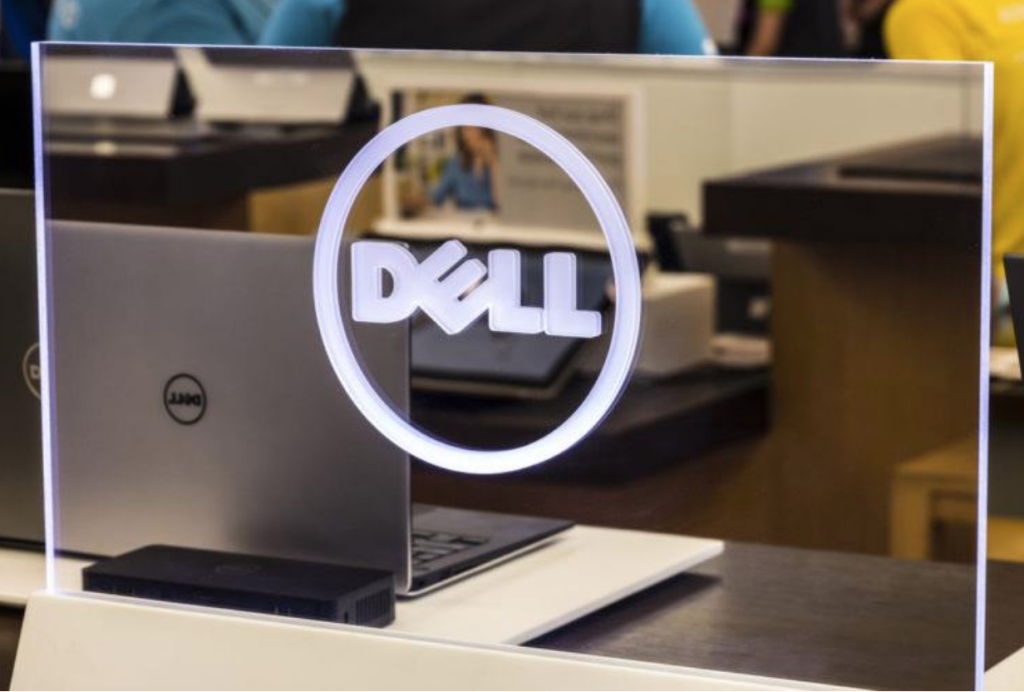
1987-1992: Transition to Dell Computer Corporation
The company moved away from PC’s Limited and changed its name to Dell Computer Corporation in 1987. It only took one year before the company went public and expanded into other markets. Dell Computer Corporation entered the stock market with an $80 million market cap after selling 3.5 million offerings for only $8.50 per share.
Only a few years later, in 1989, Dell Computer Corporation launched a newer model of their earlier computer, calling this version 316 LT, Dell’s debut notebook computer. The next year, in 1990, Dell updated their 316 LT to include mobile technology, before updating it again one year later in 1991 to include a colored version.

Michael Dell, founder of Dell Computers
By 1992, Michael Dell became the youngest CEO of a Fortune 500 company, which also came while Dell Computer Corporation was listed in Fortune Magazine as one of the largest 500 companies in the world.
1996-2003: Dell’s Domination of the PC Marketplace
Dell transitioned their marketing strategy and began selling its computers on its websites in 1996. This strategy worked and Dell quickly became the most prominent PC seller in the United States by 1999.
Their marketing strategy wasn’t the only thing that Dell expanded on. They also expanded their offerings to include more than just computers for the first time. When Dell did this, Dell also formally changed its name to be Dell Inc.
2016 – Today: Dell Inc. Finds a Partner
Previously, Dell had found success on its own, but in 2016, Dell Inc. decided to find a partner that could help them grow. Dell found a partner in EMC Corporation and acquired this data storage firm for $67 billion. At the time, this was the most significant technology acquisition in history and this decision to merge has helped Dell Inc. be the multinational tech company that it is today.
Roadblocks Along the Way
For a company that has been around since 1984, Dell doesn’t have a long list of roadblocks they’ve had to overcome. Michael did resign from his role as CEO in 2004, but he kept his status as a chairperson, so he was still involved in Dell’s growth (Kevin Rollins became the new CEO in 2004). Besides new leadership, Dell has had to deal with increased competition in the marketplace. When Apple introduced its unique line of products and computers, some customers chose Apple’s offerings instead of Dell. Despite that, Dell’s customers are loyal, and the company has been able to consistently see billions of dollars in revenue.
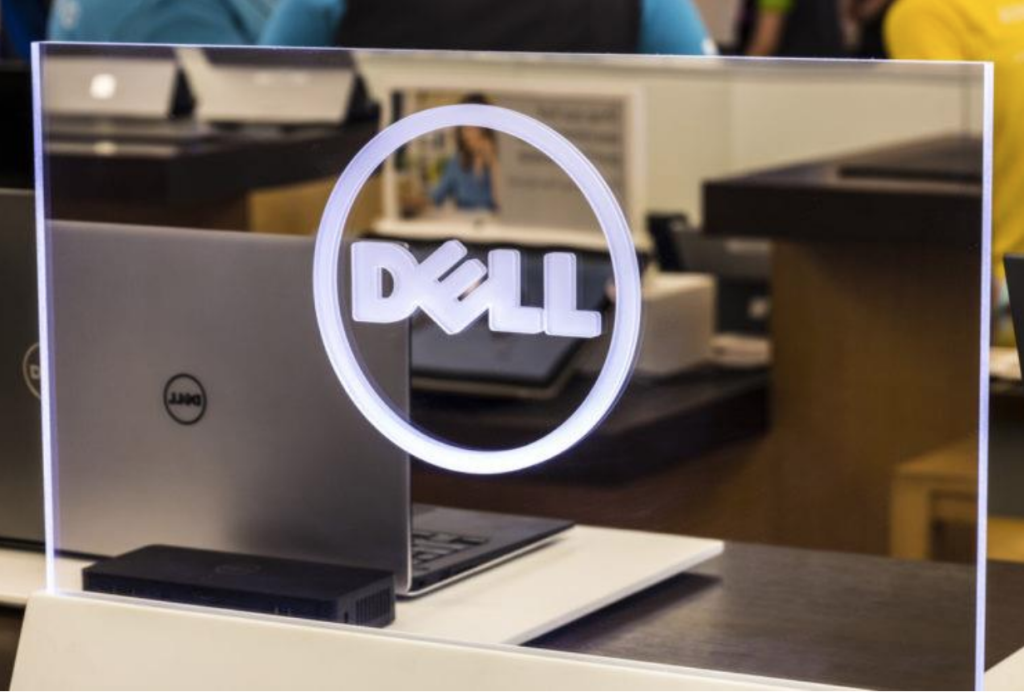
The Meaning of Dell’s Logo and Dell’s Logo History
While Dell’s signature wordmark hasn’t wavered much, the typeface and style have been updated. But overall, for the last 37 years, the logo has remained consistent, only changing five times.
The variations through the years were not developed by just one company. Instead, Dell used a handful of design agencies and branding firms from New York City. They wanted to change perspectives and wanted to engage experts who specialized in graphic design. That’s because Dell felt that professionals could make the brand stand out more than the company could if they tackled this themselves. Alongside the logo’s evolution, Dell has also evolved to be a multi-billion-dollar enterprise.
Below, is a deeper dive into these logo variations.
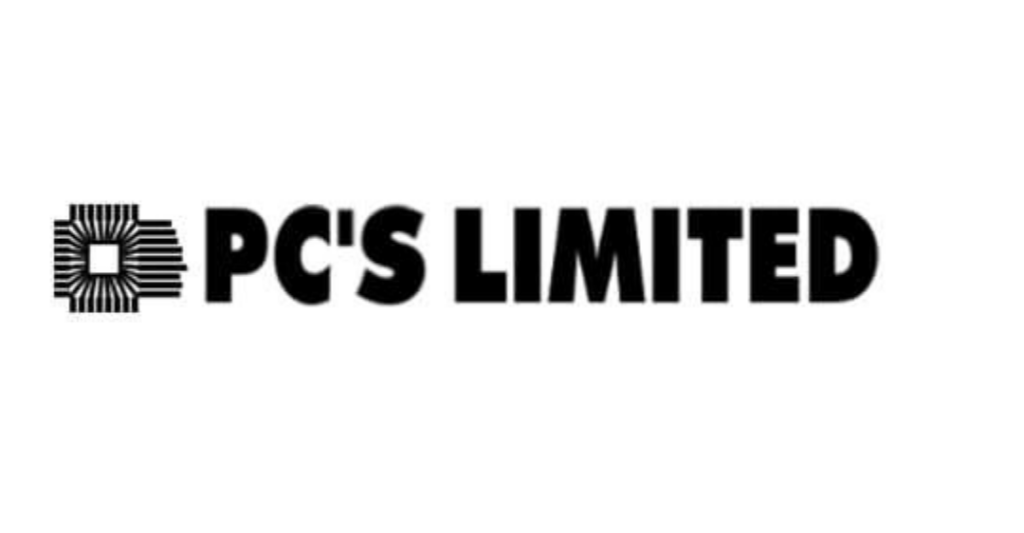
1984: Dell’s Original Logo
The first iteration of Dell’s logo existed for three years and it highlighted Dell’s original name, PC’s Limited. You’ll notice that this original design included solely bold capital letters and a black and white color scheme. Next to the font, you’ll see a small icon that resembles a microcircuit giving viewers a glimpse at what the company is: a computer company. This microcircuit resembles a square that conveys safety and security with its graphical design.
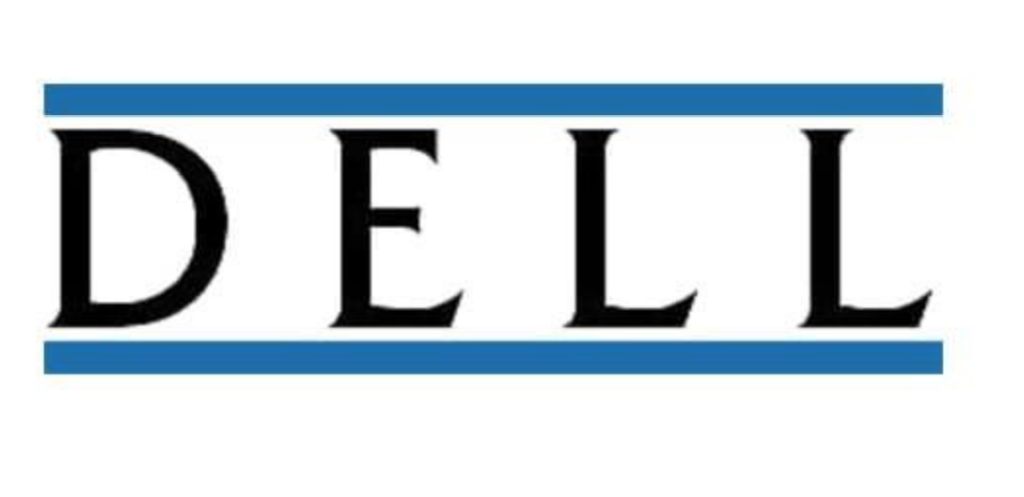
1987: Dell’s Second Logo Version
When Dell formally became “Dell,” their logo had to change as well. This updated logo is also all in capital letters and it features their new name. Unlike their original logo, this version introduces a color, blue. With deliberate, horizontal, blue lines enclosing “Dell,” the name can stand out more boldly. This addition of the lines also evokes confidence, and these lines symbolize eternity since they are never-ending.
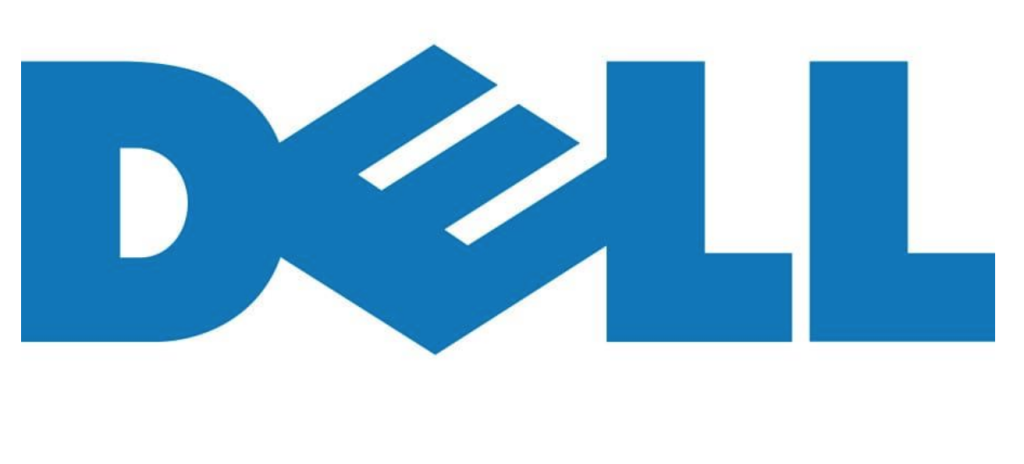
1989: Dell’s Third Logo Version
Two years after Dell’s name change, their logo went through its first rebranding. For this version, you’ll notice the company selected a bold font that can stand on its own. This was also the first time Dell moved away from the black typeface and relied solely on their “Dell” blue. To make the logo unique, Dell opted to add some creativity to the “E,” having it tilt to the left slightly, which in turn also made it stand out more.
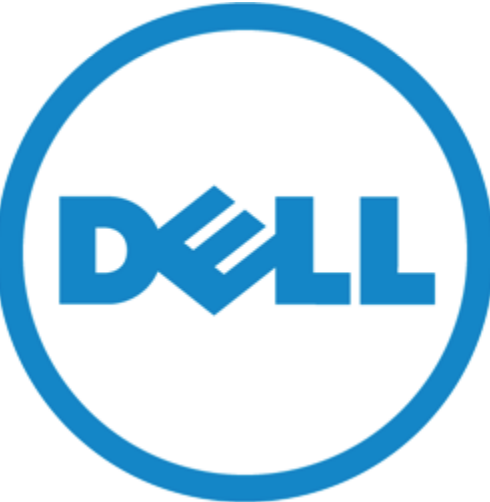
2010: Dell’s Fourth Logo Version
For this version, the designers kept the typeface from their last logo but added a circular frame around the lettering. By enclosing the Dell wordmark, the logo could boldly showcase the original blue and white color scheme. The circle that Dell introduced not only was not only used as a symbol of evolution but was also used in a straightforward way to depict Dell’s global presence.
2016: Dell’s Logo Today
After Dell merged with EMC, Dell revisited their logo design once more. While this resembles their most recent design, the new logo has thinner lines and a thinner circular frame giving it a cleaner look.
Dell’s Logo Font:
Throughout Dell’s various logos, you’ll notice that no matter the font, it’s always readable. The font Dell chose was Futura Extra Bold, a geometric type, developed by Paul Renner.
Dell’s Logo Color:
Dell’s logo combines three colors: blue, black, and white. Blue is universal among tech brands, so it’s no surprise that Dell opted for this color. Blue is known to represent trust, loyalty, and wisdom, so it makes sense for a tech company to choose this color. While black was an early color choice for Dell, it was chosen because it conveys power, elegance, and authority. Meanwhile, white allows for the wordmark and other components to stand out and boldly standalone. White has always remained the background color for Dell and it signifies simplicity, protection, and humility.
Dell’s Logo Meaning:
It may be hard to identify a deeper meaning when looking at a simple shape with a wordmark, but the meaning of Dell’s logo was taken from its founder. When Michael started Dell in 1984, Michael’s mission was to change the world with his ideas. You may have even heard him say, “turn the world on its ear,” which is why in one of the logo variations, the “E” is slanted. Other variations have included a circular frame to symbolize the world.
Dell Today:
Even with Apple’s entry into this tech space, Dell is still a leader in this industry. Most companies distribute Dell computers in their workplace and many personal users opt for a Dell because it is a loyal, trusted brand. Today, Dell serves approximately 180 countries and has more than 150,000 employees. What started as a PC offering, has expanded to include desktops, laptops, servers, monitors, workstations, printers, software, and data storage (partly thanks to EMC).
In his personal life, Michael married Susan Lieberman in 1989 and together they have 4 children. At 27 years old, Michael became the youngest CEO, and according to Bloomberg Billionaires, Michael was ranked in April 2021 as the 25th richest man in the world.
And as far as Dell, today, Dell’s annual revenue is about $92.15 billion. Even with new CEO leadership with Kevin Rollins, Dell’s success today was due to the steps Michael took along the way. He worked with strategic partners, hired an exceptional team, and made sound decisions. And once Dell merged with EMC, Dell made the biggest deal in history for the tech industry.
Lessons Learned from Dell
Dell’s story is an inspiring tale of putting in the work and starting from the ground up. Michael started with a curiosity early on and he took that curiosity (and $1,000 from his family) to form his first company at 19 while in college. From there, he only continued to work hard and grow his business, which is a true tale of entrepreneurship.
Whether you are looking to update your business’ logo or are looking to create the first version of a logo for your brand, we can all learn some lessons from Dell and Dell’s logo design. Logos can often be overlooked and sometimes are not considered an essential part of a business, but that’s not the correct mindset. Logos are the first thing that many potential customers see and it’s what will resonate with your potential customers long after they leave your website or store. So, as you develop a logo, follow these below lessons learned from Dell.
First, keep your logo simple. If you want your logo to stand the test of time, make your logo clean with fewer design elements. This will help make your logo memorable because detailed logos have a harder time standing out against the noise in our daily lives. Next, make sure your logo is legible. When choosing a font, opt for one that is readable on a wide scale, like Dell’s font variation. Because of Dell’s simplistic and clean elements, Dell’s logo is scalable and can fit on any marketing channel, with high-quality. And finally, their logo is unique. Simple doesn’t mean that your logo needs to be boring. Dell’s simplistic qualities are never mistaken for a competitor, and it allows for them to stand out.

